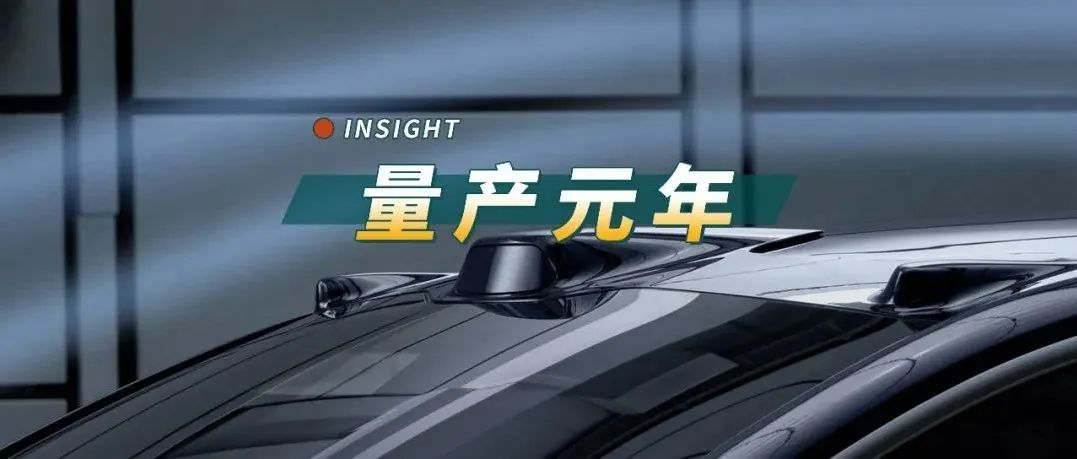Author: The Office
A fascinating aspect of the intelligent automobile industry is that mainstream players have widely divergent opinions on different technological routes, yet deeply believe in their own technological beliefs. The most typical example is the fight between quick charging, range extension, and battery swapping, but delving into the technical branches reveals even more interesting divergences.
2022 is the year of mass production of on-board laser radars. If there are no surprises, the first batch of NIO ET7s will be delivered as scheduled on March 28th.
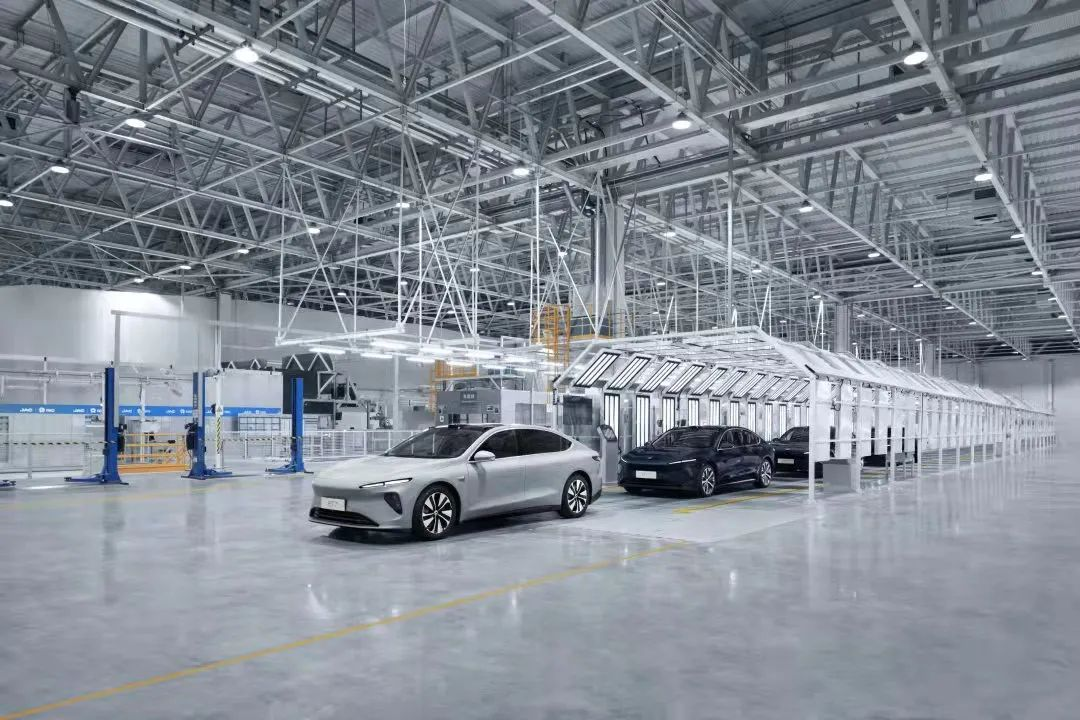
A year ago, the laser radar of the ET7 was prominently featured on the car’s front end, creating a new automotive design trend in the era of intelligent driving. Even today, this “enhanced sensor presence” design concept still has mixed reactions, but it reveals a distinct value proposition from NIO: for laser radar, NIO’s autonomous driving system does not have any hesitation or wavering – in the foreseeable future, this is a key sensor.
So how should we view the laser radar of the ET7?
The Secret of 1550 nm
Opening NIO’s official website, you will find that 1550 nm is the most prominent feature on the ET7’s laser radar page. Why is 1550 nm important? To understand this parameter, we need to briefly review the principle of laser radar.
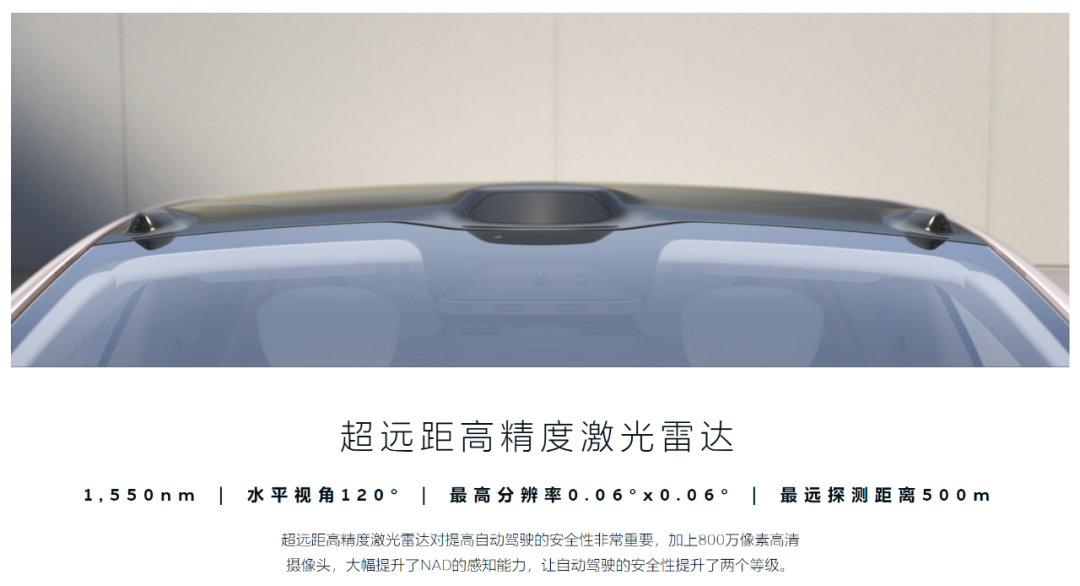
LiDAR, short for Light Detection And Ranging, is a laser detection and ranging system that emits a laser beam from a laser and detects the returning signal reflected from an obstacle. By calculating the time difference and using simple algorithms, the system can determine the obstacle’s position, distance, height, speed, and other information.
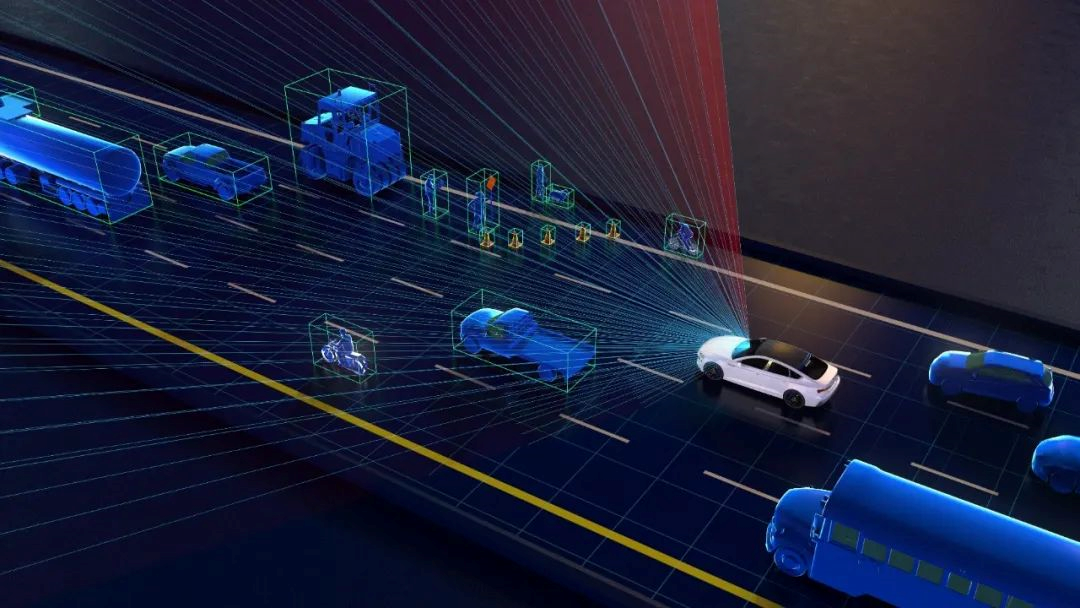
Here we need not avoid a key technological divergence: TESLA CEO Elon Musk said, “Lidar is a fool’s errand.” Tesla’s pure vision-based technology route uses temporal and spatial cycle neural network algorithms and indeed satisfies similar parameter requirements via cameras. The disparity lies in that laser radar directly detects and calculates, while cameras estimate based on neural networks.## Translation in English
Regarding whether the camera can meet the perception requirements for autonomous driving, the public opinion is starting to sway, especially after the Tesla AI Day conference. But one thing is certain, no second company in the automotive industry has a fleet of millions of cars, years of cultivation, and has established engineering AI deep learning algorithms and high-performance cloud training clusters.
However, the most significant variable that latecomers possess when entering the autonomous driving field is landing of the lidar industry. So why not use the 1550 nm wavelength?
Okay, let us get back to 1550 nm.
In the current lidar market, lidar detectors are classified according to wavelength into two camps, 905 nm and 1550 nm. From the perspective of currently mass-produced lidar, 905 nm is the mainstream camp. However, the 1550 nm lidar from Tuteng carried by the NIO ET7 is undoubtedly non-mainstream. Apart from Luminar in Silicon Valley, there is no third company based on 1550 nm lidar in the mass production camp.
In the early stages of the industry where the technical fog is not clear enough, choosing a non-mainstream route requires considerable courage.
Eyes are the primary “sensors” for humans.
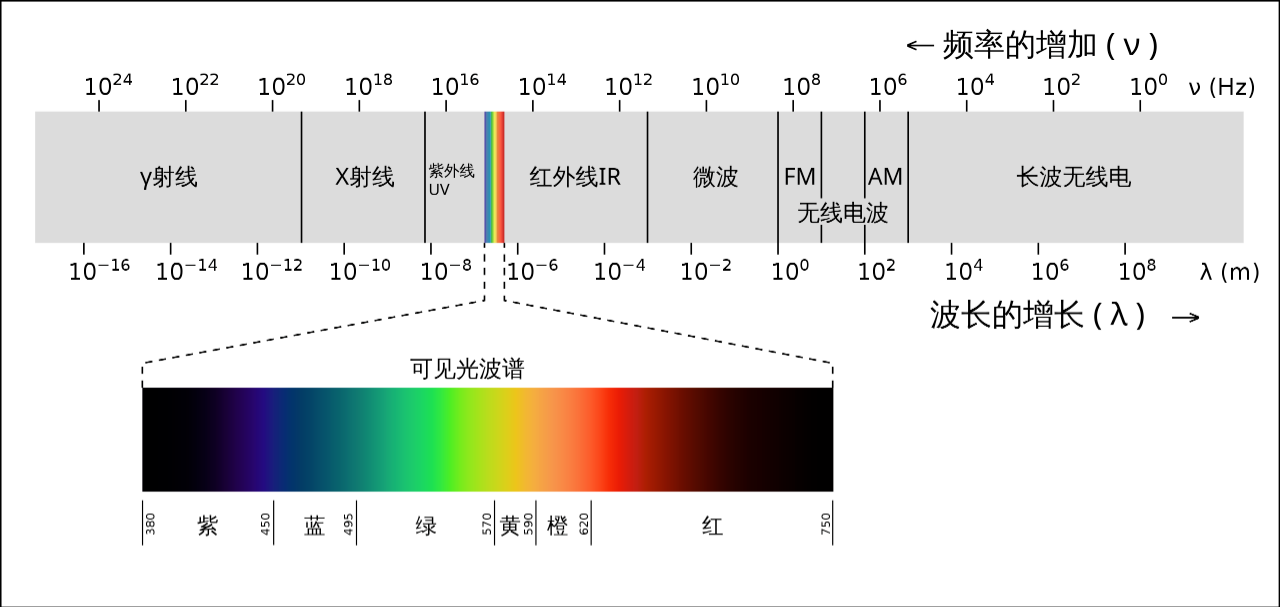
If you look at the entire electromagnetic spectrum, you will find that the wavelength that the human eye can perceive is within the range of 360–400 nm to 760–830 nm. The range of around 400 nm covers the seven colors of red, orange, yellow, green, blue, indigo, and violet that can be perceived daily, which is the basic range of you being able to see this colorful world.
But you may have noticed a bug: the wavelengths used by lidar, whether 905 nm or 1550 nm, far exceed the limits of human perception.
In other words, if a light beam with a wavelength of 620–750 nm is continuously directed at your eyes, you can perceive that it is red, and if you feel uncomfortable, you will avoid it. But if it is a 905 nm light beam, it will penetrate your eyes, pass through the cornea and lens, and cause damage to the retina. Excessively dense laser may even cause burns or blindness (although this is a bit of an exaggeration today, what if one day the streets and lanes are full of high-line light beams that are continuously emitted from the car front in the future?). But you are unaware of all of this.
Fortunately, scientists know this. Therefore, the International Electrotechnical Commission (IEC) stipulates that laser devices with wavelengths from visible light to near-infrared light (400–1400 nm) need to operate at lower power levels to comply with safety regulations that meet the eye’s safety emission limit (AEL).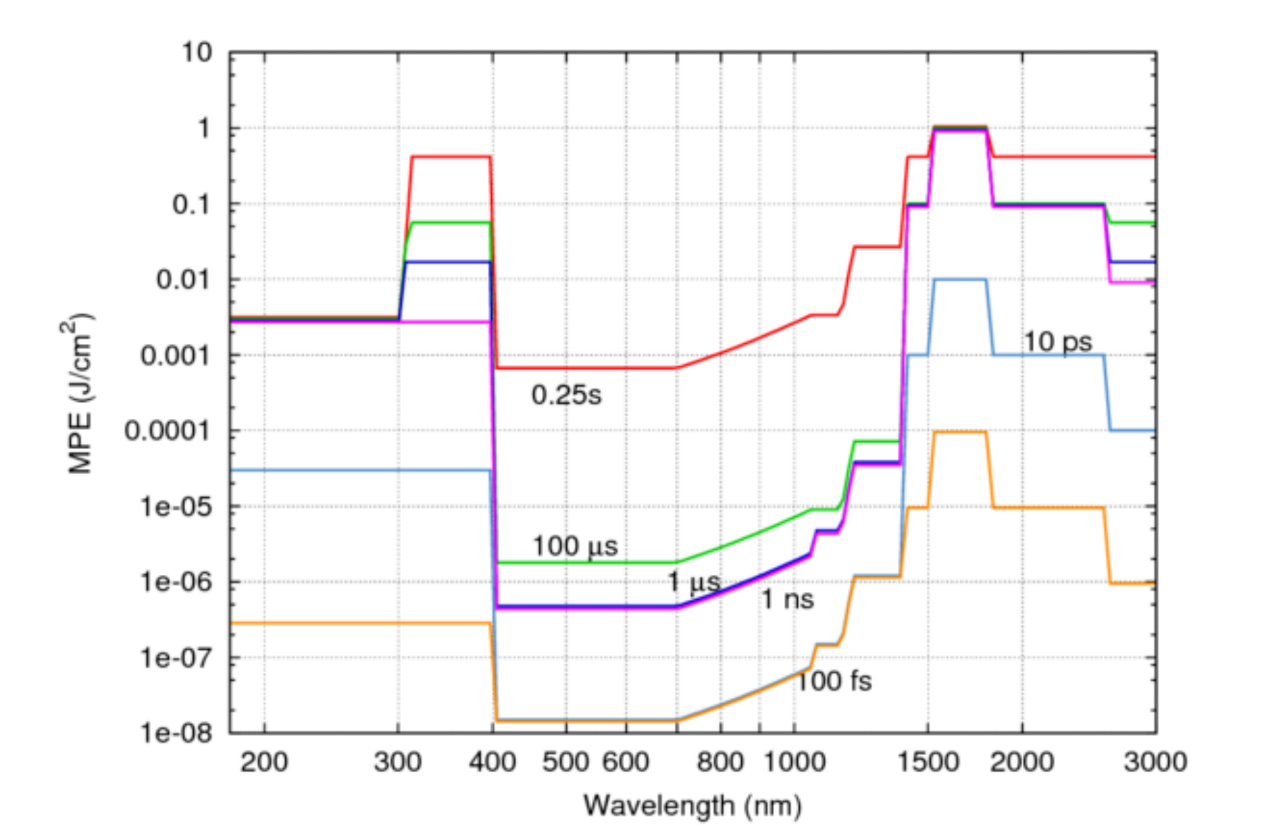
1400 nm is a turning point. Infrared light with a wavelength > 1400 nm will be absorbed by the anterior chamber of the eye before reaching the crystalline lens, which makes it impossible to focus on the retina. Therefore, 1550 nm is not only safer for the eyes but also allows for operation at higher power levels.
The fact that “it can be operated at higher power levels” is very important. I even suspect that this fact largely determines Nio’s preference for the route of lidar technology.
Forget About 500-meter Detection Distance
Thanks to the 1550 nm wavelength, Nio’s lidar can operate at higher power levels, which brings many benefits, summarized in a nutshell as a significant improvement in comprehensive performance. Of course, this also comes with many restrictions, such as higher requirements for heat dissipation, aging, and reliability due to the higher power levels.
Let’s start with performance. I think many people still remember that two years ago, at NIO Day, the lidar of ET7 was equipped with the “farthest detection distance of 500 meters.”
This parameter is not some kind of rhetorical game or language trickery. It is a real parameter. But this is like the peak power of the powertrain of your electric car being 480 kW. How many moments in the ten years after you buy a car can you make it exert all of its 480 kW power?
However, this does not mean that these parameters are meaningless. Only when the peak is large enough can enough space be won for the upper limit of available performance.
ET7’s lidar can detect up to 250 meters at 10% reflectivity, which is the second-longest detection distance among the 2022-23 mass-produced vehicles equipped with lidar. The other vehicle? It is SAIC Fevan R7, which is equipped with the Luminar lidar mentioned earlier, belonging to the same 1550 nm group.
And the actual performance difference may be even greater. According to industry insiders, in many scenario tests, Nio ET7’s lidar can achieve a detection distance of 270 meters or even farther at 10% reflectivity. This story tells us: For an emerging technology, if you pursue high performance, it is best to ensure that physical laws are on your side.
The benefits of “seeing far” are obvious. Here, we can introduce the cross-generation performance of the camera as a comparison. The NAD introduction page on the Nio official website shows that a 1.2 million-pixel camera can see cars as far as 229 meters away, while an 8 million-pixel camera can see as far as 687 meters away.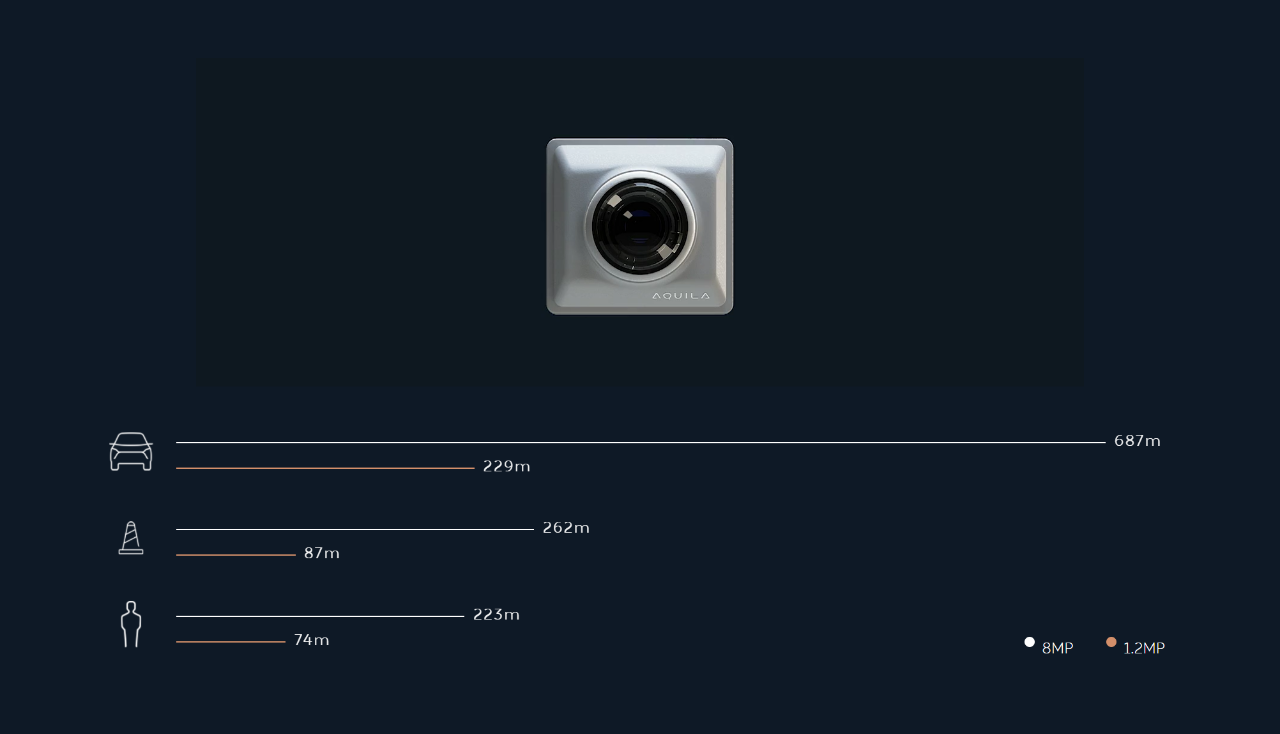
For autonomous driving systems, sensing obstacles ahead as early as possible can provide more time for the computing platform to make decisions and the control platform to adjust operations. This is a self-evident truth.
Therefore, “farthest detection distance of 500 meters” is not only to help you to see obstacles 500 meters away to make decisions, but also to ensure that the detection distance you can use is far enough, and the system has enough decision-making space to help you avoid danger.
Angular Resolution
I don’t know if you realize that to measure the overall performance of a LiDAR, relying solely on “high power and long-range” is far from enough.
There are many parameters here, such as field of view, resolution, refresh rate, detection accuracy… Moreover, many of them are interdependent. For example, for a laser with the same specifications, if you narrow the field of view, its resolution will naturally improve.
ET7’s LiDAR claims to be image-level, how do we judge its actual performance? There is a metric worth paying attention to, called angular resolution.
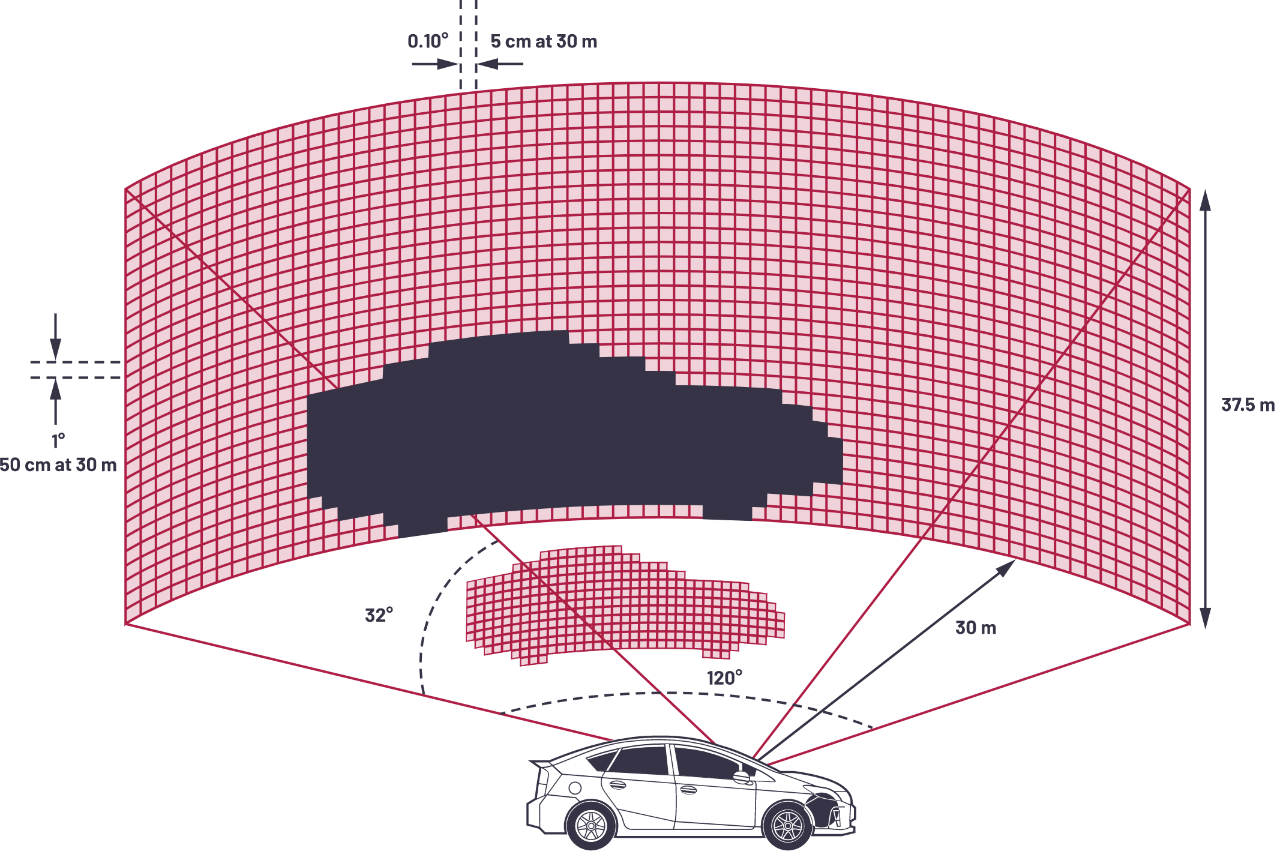
Simply put, if the angular resolution is too low, that is, the outgoing beams are too dispersed from each other, causing the LiDAR to be unable to classify obstacles, even if it can see farther, it will not have practical value.
This is because for the sensor fusion neural network that regulates autonomous driving, the LiDAR needs to clearly indicate what you are seeing (here we will not discuss higher-level pre-fusion routes). This is a process that is jointly completed by the LiDAR, cameras, millimeter wave radar, ultrasonic sensors, and even high-precision maps.
If the angular resolution of the LiDAR is too low, the signal you provide only indicates that there is an obstacle ahead, but it cannot judge the specific shape of the obstacle. In the specific operation process, it is likely to be filtered out as invalid signal by some subsequent algorithms.
This is like when you, as a member of a team, promote a large-scale project and find a problem in your area of expertise, but cannot describe what the problem is, then your colleagues have no better way than to consider that the problem does not exist and continue to promote.
ET7’s LiDAR has up to 0.06°×0.06° highest angular resolution, significantly ahead of other mass-produced LiDARs on the market.
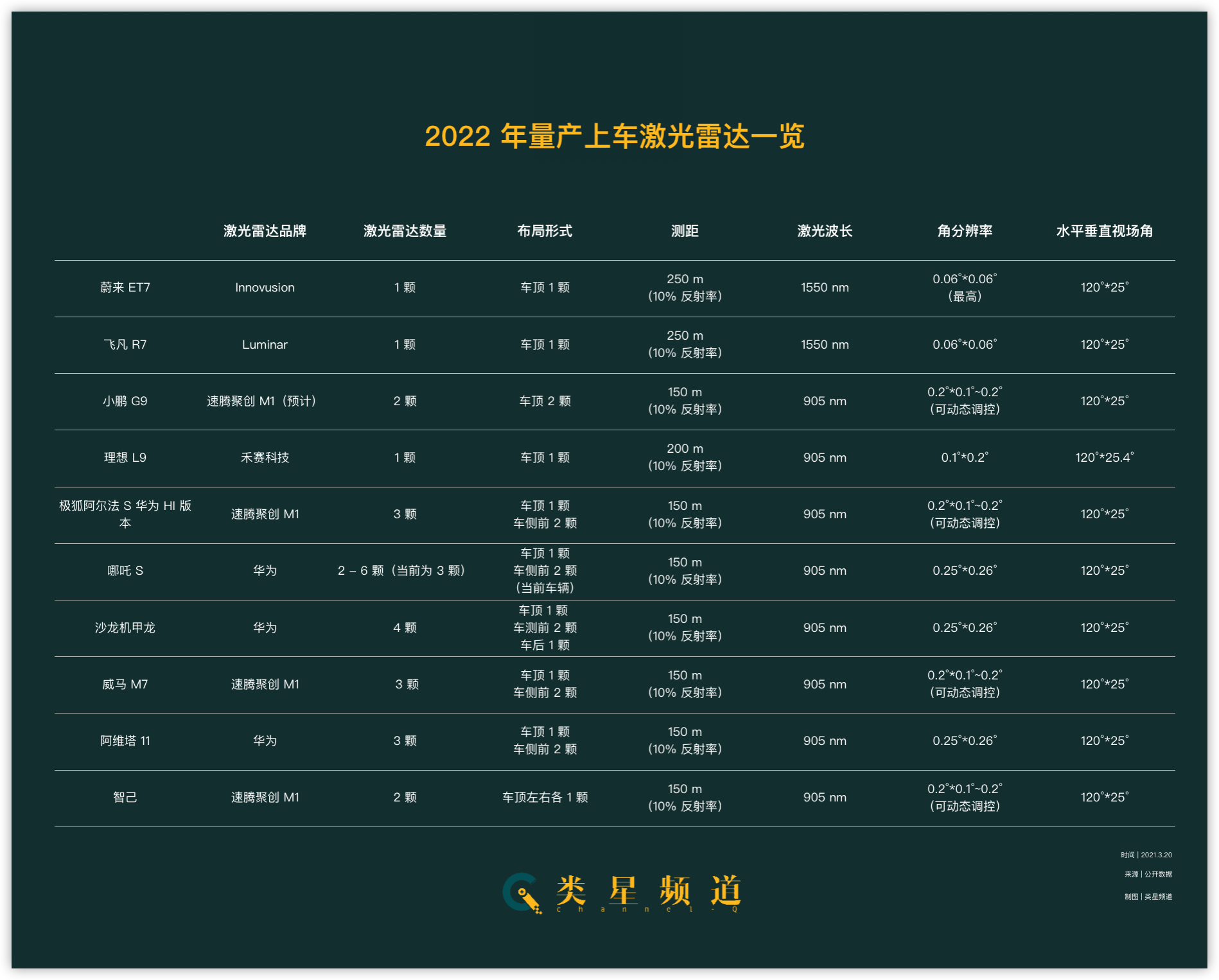 But NIO has a trick up its sleeve. In order to “see” smaller and farther obstacles, TuSimple has developed a feature called “Dynamic Focused ROI”, which can adjust the high-density region of interest in real time for specific scenarios to ensure the clarity of key detection areas.
But NIO has a trick up its sleeve. In order to “see” smaller and farther obstacles, TuSimple has developed a feature called “Dynamic Focused ROI”, which can adjust the high-density region of interest in real time for specific scenarios to ensure the clarity of key detection areas.
In fact, I don’t really like the name “Dynamic Focused ROI”. It sounds sufficiently technological but not simple enough. In reality, this feature is more like giving a lidar a “telescope” software, which is why NIO calls it “Gaze Stare” at NIO Day. With this feature, the lidar on ET7 can clearly see obstacles that cannot be seen without a telescope, although the field of view is reduced.
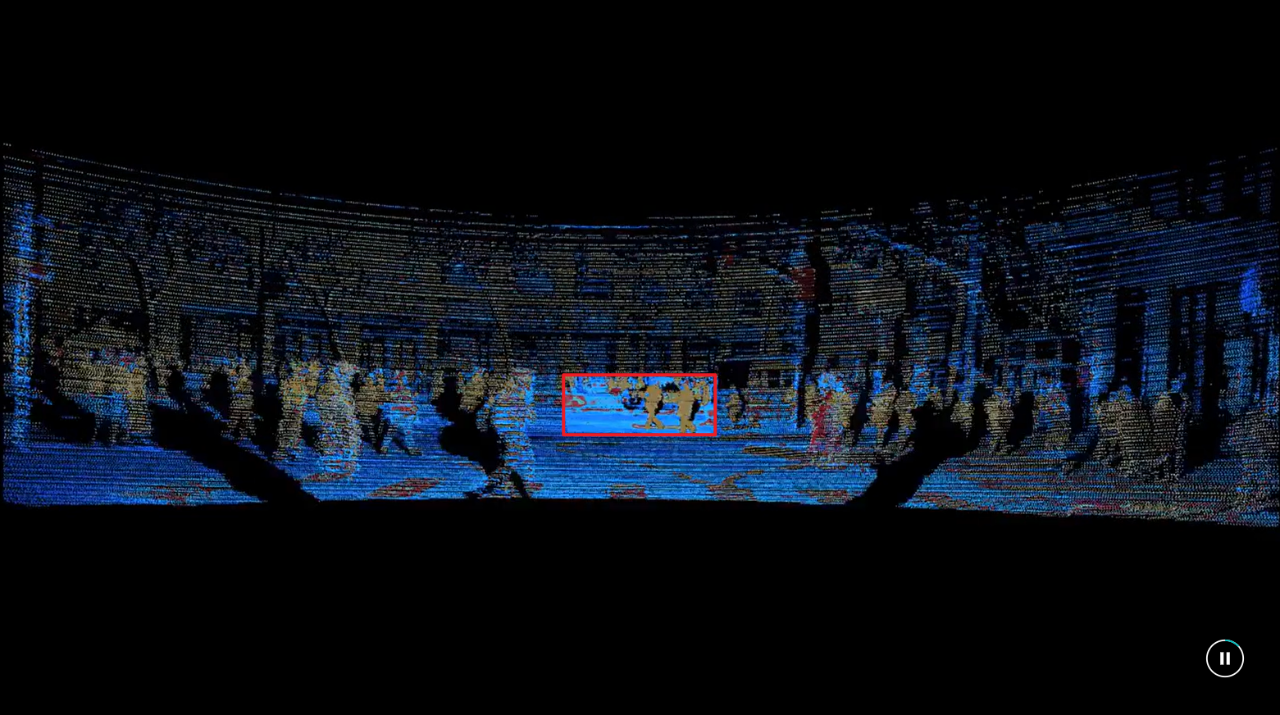
This has greatly improved the overall performance of the lidar on ET7. As a simple example, if a 180-cm pedestrian is standing 200 meters away, a conventional angular resolution of 0.1°×0.2° can detect 6 to 8 beams of light, but if the “Dynamic Focused ROI” telescope is added, the number of beams can be greatly increased…the whole body is filled with beams of light.
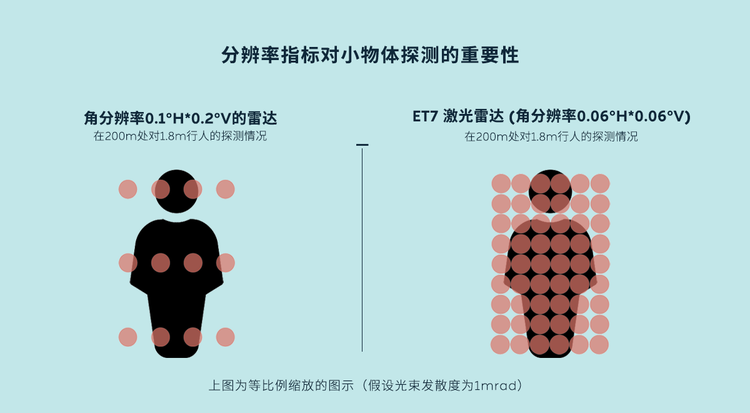
In fact, if you pay attention, the angular resolution of Suteng Juchuang M1 is also dynamically controllable, and the solution to the problem is similar.
By now, you may have realized that ET7’s lidar has high performance and high safety, and seems to have no drawbacks.
Of course not, not to mention the risk of betting on a single technology path in an unmanned area without mass production, the cost of 1550 nm detector raw materials indium gallium arsenide (InGaAs) is significantly higher than that of 905 nm detectors. This alone will make many procurement departments of automakers shut their doors. In addition, limited by the maturity of the industry, TuSimple and other lidar companies can only take the route of mixed solid-state technology, which doubles the reliability pressure of lidar in typical driving environments such as mechanical impacts, high cold, high temperature, and harsh weather.
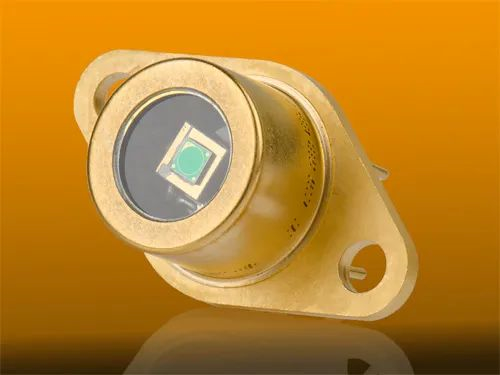
In this context, NIO chose to place the lidar in the most prominent position of the entire vehicle, which is officially called “defining the appearance design of the autonomous driving era”.To some extent, I prefer to catch a glimpse of the world through the laser radar. NIO has always been a company with an adventurous gene. From the earliest 200 kW high-performance electric motor and self-developed all-aluminum body to the recent 1550 nm laser radar and 150 kWh hybrid solid-state battery project, some of these adventures have brought NIO good returns, such as the self-developed high-performance electric drive assembly and the European design driving adding value to the brand, while others have not been successful, such as the CTP packaging that was the first to be mass-produced in the industry but exited the stage of history early, and the 84 kWh battery pack made of NCM 811 electrochemical materials.
I think even NIO’s CEO, William Li, can’t guarantee 100% that all choices made for these forward-looking explorations are correct.
But as mentioned at the beginning, 2022 is the first year of mass production of this new laser radar component. When you are already at the forefront of the entire industry, you will find that innovation is not always accompanied by flowers and applause. Bearing risks and even failures is also a part of innovation. The different technological routes chosen by different brands are behind the deep understanding of technology by the brand’s founders and long-term thinking about technology and business forms.
The latest suspense is whether NIO has bet right on the laser radar of the ET7.
This article is a translation by ChatGPT of a Chinese report from 42HOW. If you have any questions about it, please email bd@42how.com.
